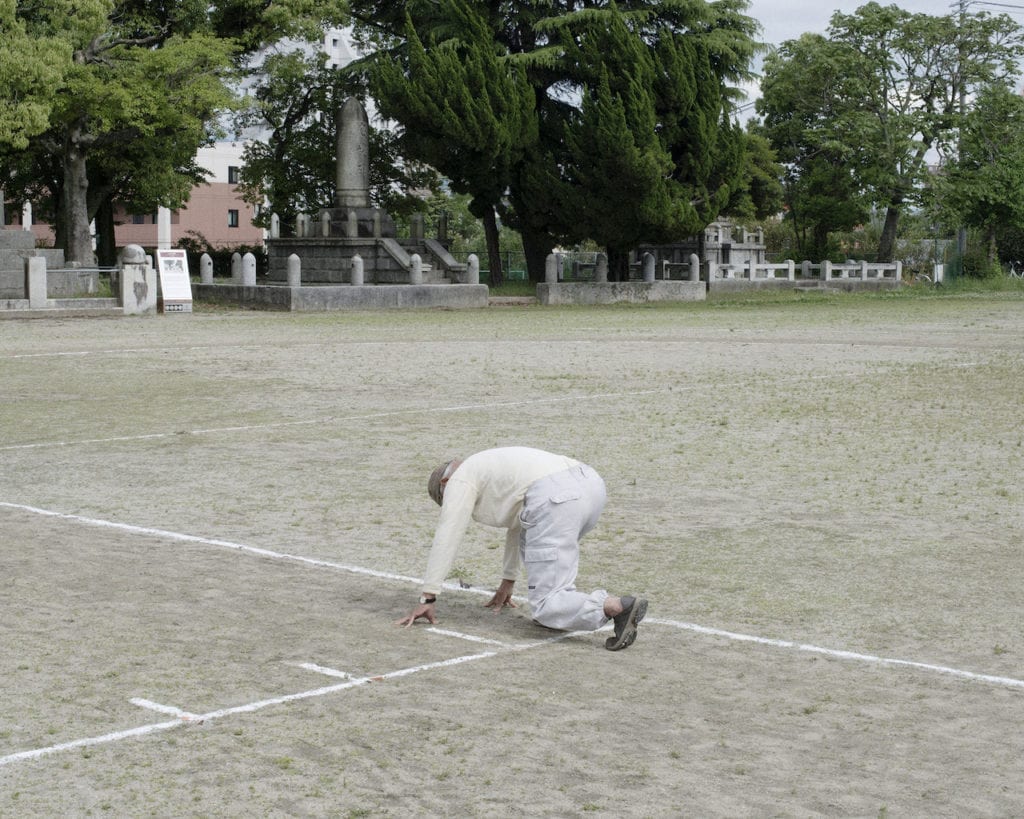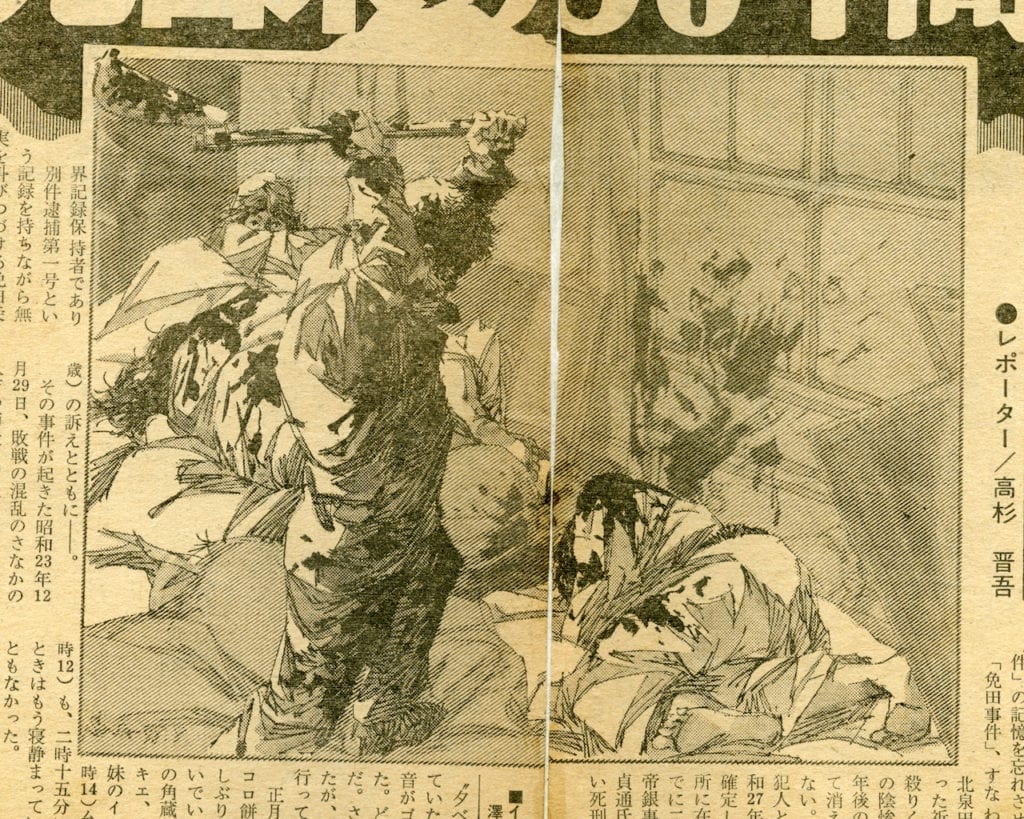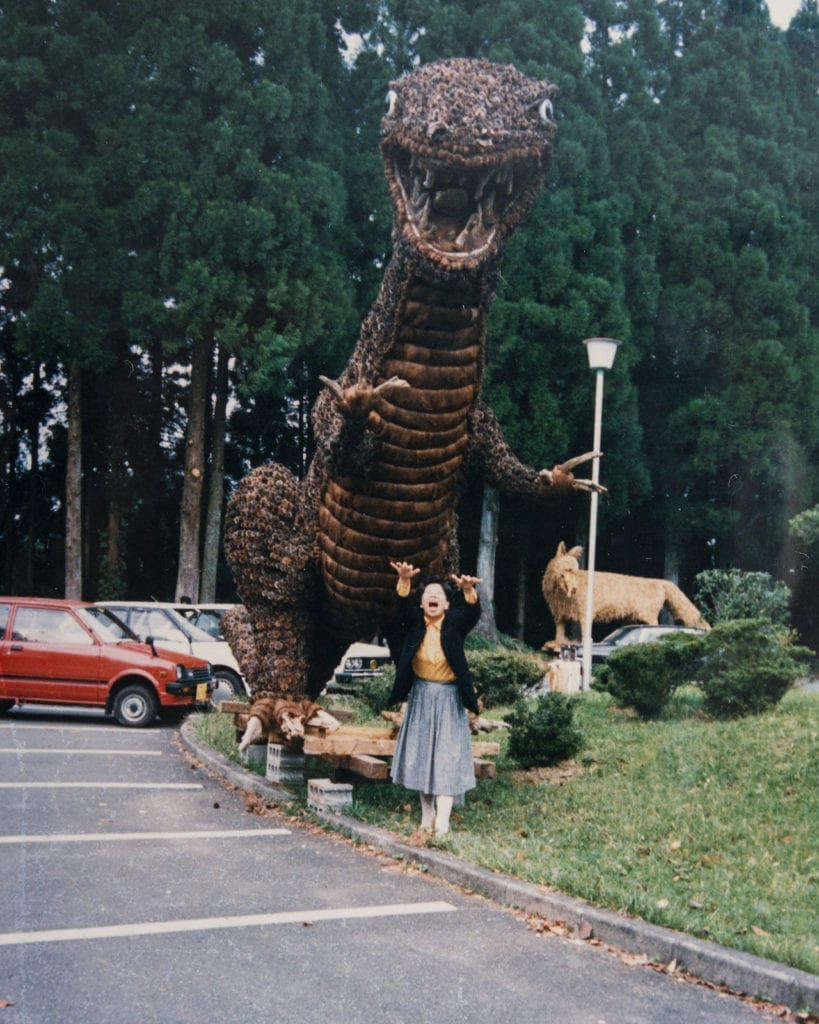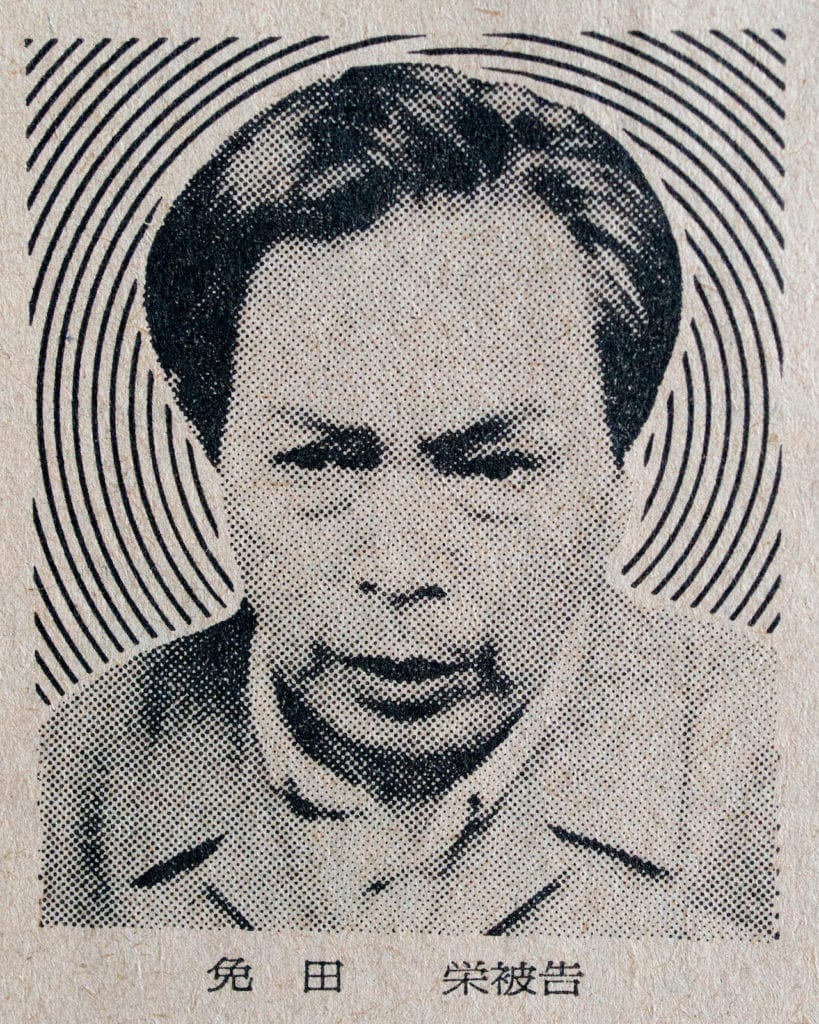Albert Bonsfills was born in Barcelona in 1982 and, having loved photography throughout his teens, decided to pursue it at the Institute of Photographic Studies of Catalonia. In 2011, Bonsfills moved to Beijing and turned his attention to life below the streets, where tens of thousands live in windowless bunkers. There he encountered the subjects of his series Lina and Mengchun, two girls in Beijing who are aged 10 and share a room in an underground housing complex.
Lina has lost her sight completely, while Mengchun’s vision is badly affected by her albinism; the series captures their inseparable lives, caring for each other harmoniously in the midst of the megacity. The images are also defined by the intensity with which Bonsfills engaged with them, though, an attitude sustained throughout his work. “My photography is me, my doubts and my hopes,” he says.
“My camera is a mirror, a tool to help me understand myself as well as a way of showing other people’s lives, even people I have nothing in common with at first – people born 10,000 miles away from me. In the moment I take their photograph I suddenly feel very close to them, as if I somehow become them.”
While making the series, which was featured in Time, The New Yorker and bjp-online, Bonsfills split his time between Barcelona and Beijing; by the time it took off he was already obsessing over another culture – Japan. Bonsfills was finally inspired to move to Tokyo when he came across Ikemeso Danshi, a company catering solely for stressed Japanese women.
Its offer is simple: when the office gets too much, Ikemeso Danshi has trained men – the Ikemeso, which translates as ‘handsome weeping boys’ – willing to travel across town, sit with the afflicted women and encourage a cathartic outpouring of feelings. Bonsfills photographed the series with an expressionist bent, melding the city with the boys and the tearful women.
“Tokyo Tears: Days to Nothing is an exploration of Tokyo’s heroines, known as Office Ladies, who work inhuman hours,” he says. “Japanese culture places tremendous importance on work. But no matter how committed you are to your job everyone has an emotional breaking point.”
The series was supported by Time but, rather than hawk around Tokyo Tears: Days to Nothing, Bonsfills began to feel “hesitant” about the direction of his career. “Being a freelance photographer is hard,” he says. “Nobody helps us and you have to put in so much effort.”

Image © Albert Bonsfills
Lina has lost her sight completely, while Mengchun’s vision is badly affected by her albinism; the series captures their inseparable lives, caring for each other harmoniously in the midst of the megacity. The images are also defined by the intensity with which Bonsfills engaged with them, though, an attitude sustained throughout his work. “My photography is me, my doubts and my hopes,” he says.
“My camera is a mirror, a tool to help me understand myself as well as a way of showing other people’s lives, even people I have nothing in common with at first – people born 10,000 miles away from me. In the moment I take their photograph I suddenly feel very close to them, as if I somehow become them.”
While making the series, which was featured in Time, The New Yorker and bjp-online, Bonsfills split his time between Barcelona and Beijing; by the time it took off he was already obsessing over another culture – Japan. Bonsfills was finally inspired to move to Tokyo when he came across Ikemeso Danshi, a company catering solely for stressed Japanese women.
Its offer is simple: when the office gets too much, Ikemeso Danshi has trained men – the Ikemeso, which translates as ‘handsome weeping boys’ – willing to travel across town, sit with the afflicted women and encourage a cathartic outpouring of feelings. Bonsfills photographed the series with an expressionist bent, melding the city with the boys and the tearful women.
“Tokyo Tears: Days to Nothing is an exploration of Tokyo’s heroines, known as Office Ladies, who work inhuman hours,” he says. “Japanese culture places tremendous importance on work. But no matter how committed you are to your job everyone has an emotional breaking point.”
The series was supported by Time but, rather than hawk around Tokyo Tears: Days to Nothing, Bonsfills began to feel “hesitant” about the direction of his career. “Being a freelance photographer is hard,” he says. “Nobody helps us and you have to put in so much effort.”

So he set out on a new chapter – his first photography book, titled Sakae Menda. It explores Japan’s capital-punishment system through his relationship with Sakae Menda, a 92-year-old man who spent 34 years on death row. Menda had been tortured until he was forced to admit to a double murder he didn’t commit, and was incarcerated in 1949.
Menda was granted a retrial in 1983 and, after 12,599 nights behind bars, his conviction was overturned. “I photographed someone who had missed his whole life on death row, despite being innocent,” Bonsfills says.
Bonsfills used archive pictures to help tell the story, as well as photographing Menda’s attempts to regain a normal life – despite the evident mental scars left by his imprisonment. Menda now spends most days working in his orchard and garden, obsessively gifting flowers to his wife and friends, just as he once gave cuttings from his prison garden to fellow inmates.
“He now finds himself in another prison: his old age,” Bonsfills says. “I wanted to capture this parallel between freedom and claustrophobia.”
www.albertbonsfills.com https://instagram.com/albertbonsfills This article was published in the June 2017 BJP, issue #7860 – Ones to Watch, The Talent Issue, which is available via www.thebjpshop.com

Image © Albert Bonsfills 
Image © Albert Bonsfills 
Image © Albert Bonsfills
Menda was granted a retrial in 1983 and, after 12,599 nights behind bars, his conviction was overturned. “I photographed someone who had missed his whole life on death row, despite being innocent,” Bonsfills says.
Bonsfills used archive pictures to help tell the story, as well as photographing Menda’s attempts to regain a normal life – despite the evident mental scars left by his imprisonment. Menda now spends most days working in his orchard and garden, obsessively gifting flowers to his wife and friends, just as he once gave cuttings from his prison garden to fellow inmates.
“He now finds himself in another prison: his old age,” Bonsfills says. “I wanted to capture this parallel between freedom and claustrophobia.”
www.albertbonsfills.com https://instagram.com/albertbonsfills This article was published in the June 2017 BJP, issue #7860 – Ones to Watch, The Talent Issue, which is available via www.thebjpshop.com



